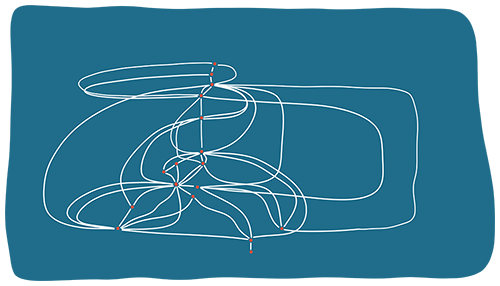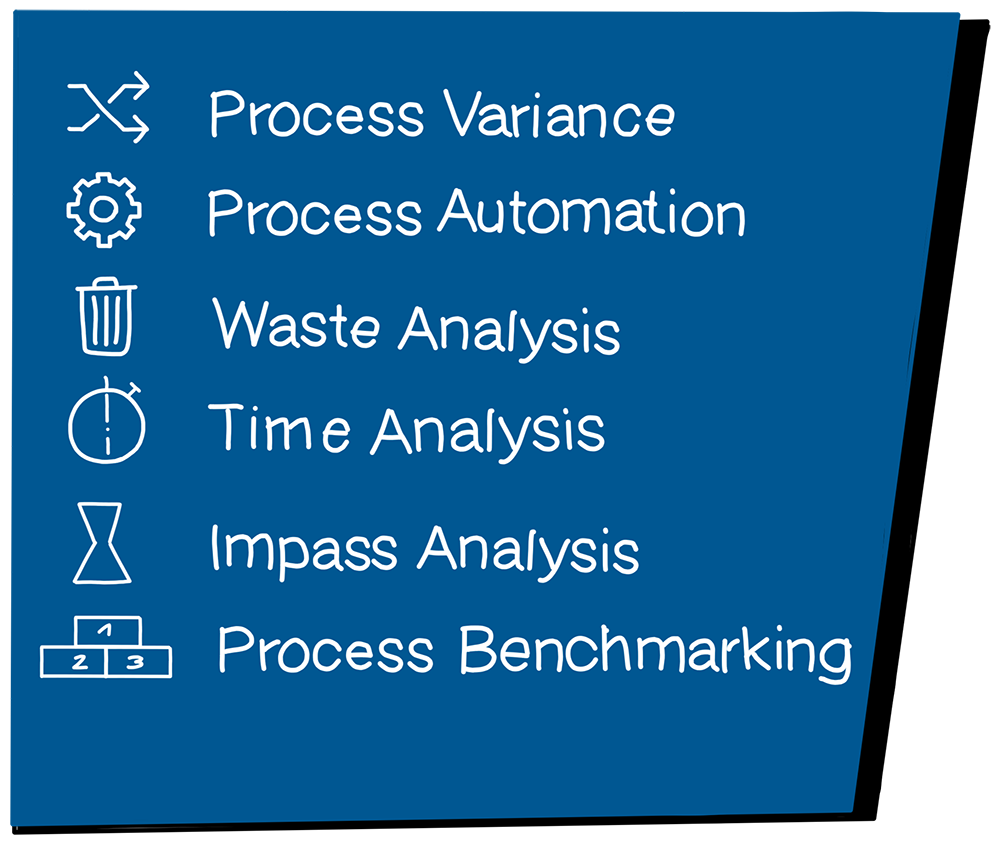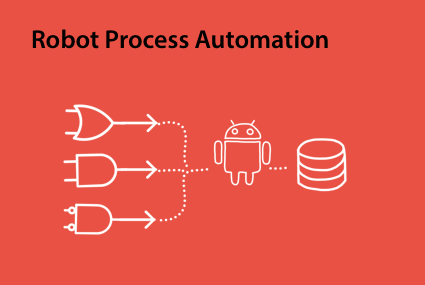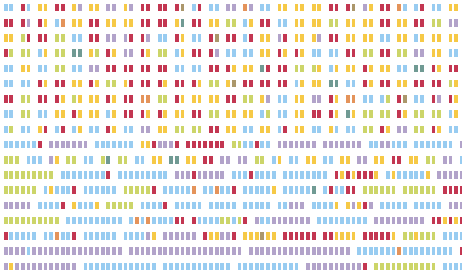
Visual Process Mining
Process Mining is the key to more efficiency in business models. And we are at home in the world of log files and timestamps.
We visualize and analyze processes in the areas of procurement, sales, IoT, supply chain and logistics for our customers. The individual customer and their requirements play an important role.

An analysis of processes in spreadsheets is hardly possible efficiently. Even for process experts such an analysis is very time-consuming and error-prone.
With the visual analysis of processes and figurative representations, on the other hand, an overview of improvement potentials in processes can be gained quickly.
This also applies to employees and decision-makers without extensive data knowledge. With appropriate guidance, they can quickly identify important correlations and influencing factors and achieve actionable insights.

Possible fields of application for process mining
Typical questions in process mining are, for example, bottleneck analysis, process variance, lead time analysis, recursions, waiting time inefficiencies.
Beside of well known tools there are more valuable ways of process visualization. We bring in here our knowledge in designing visual languages.
Whether process trees, flow diagrams or figurative analysis: We are specialized in the visualization of data and processes in very different business domains and find the right solution for the respective task.
Use Case Marketing: The User Journey Explorer
A company has various online channels for acquiring visitors to the website. The user journeys with their sub-steps are displayed in colour.
While classic analytics applications provide an overview at the upper level, process mining creates transparency over the entire user behavior at the detailed level.
It is truly extraordinary to see a user or customer journey across all channels in a single view. Each chain of colored fields corresponds to exactly one User Journey. The color shows the channel like Affiliate, E-Mail or SEA. By filtering by channel and time, it is possible to break down to subsets.
There are very different user journeys and the viewers discovered patterns that no one had noticed before. This led to completely new questions in advertising media planning and to further analytical investigations.
The result of a comprehensive process mining project can be that process improvement through automation is aimed at.
Use Case Robotic Process Automation

Robots are rule-based software systems that analyze semi-structured data using AI methods such as Natural Language Processing, Machine Learning and Predictive Analytics and are used in operational processes as decision support. They are valuable in recurring processes, dispositions, product planning, logistics, invoice verification, accounting, customer service.
Our proceeding with process mining
1. Define Requirements
Depending on the task, the focus is on different analysis requirements. These are developed together with the customer.
2. Select and transform Data
The IT-systems, organizational structures are viewed and existing data are processed.
3. Develop Visualization
In coordination with the task, the data is visualized with the help of tools.
4. Analyse Weaknesses
The process flows are analyzed and examined for possible weak points.
5. Search for Opportunities
The potential for improvement is identified, evaluated and suggestions for value enhancement are developed.
6. Take Action
Measures are implemented and success is monitored. The comparison with the original task is made.
Tips for action
- Start with a small project (pilot project) in a manageable and well-known area.
- Set initial, realistic goals and concrete questions.
- Start with OpenSource instead of Invest directly in expensive tools. We are happy to bring our data product expertise to bear.
- Take on board the expectations of stakeholders from other specialist areas (purchasing, logistics, quality, finance).
- In addition to the data model, you need causality for variances. To do this, create hypotheses and check them using drilldown reports.
- Process data can often be traced back to persons. Include data protection aspects in your procedure.
- Take your time. Learn from experience.

Are you interested in process mining and would like to learn more about our approaches to process mining?
Call us at 089 60 66 64 60 or write to us at office@designation.eu
Christoph Nieberding
